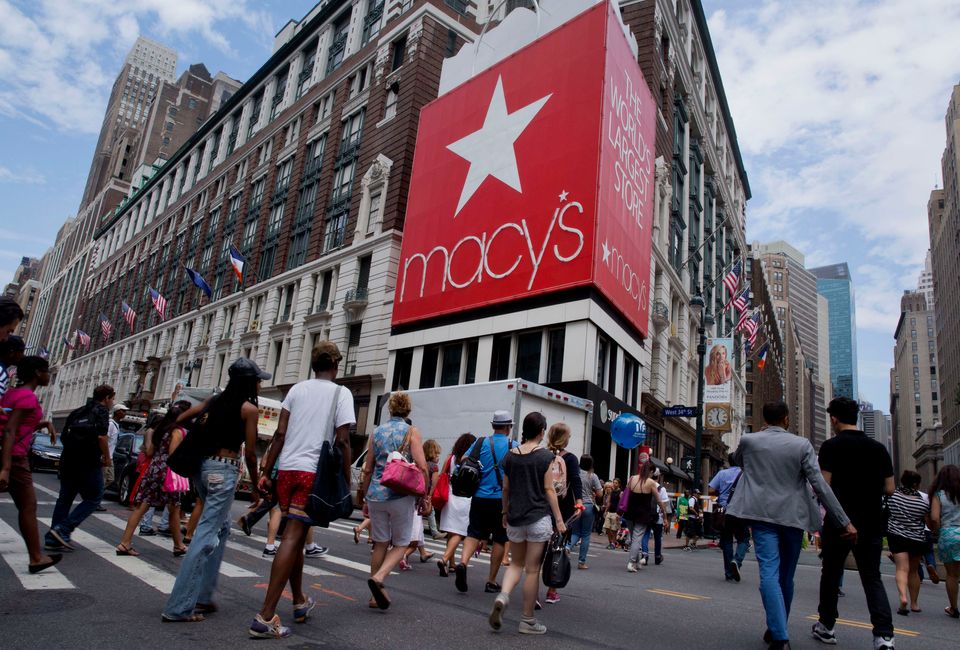
In the wake of mounting protests from labor groups, numerous U.S. localities have approved minimum wage increases, including two of the nation’s largest cities, Seattle and San Francisco. Yet, especially among many of America’s largest employers, the remarkably low wages of most workers are in stark contrast with the compensation of shareholders and executives. And while the average hourly earnings of an American worker was $24.53 as of September, these companies pay most of their workers far less.
Companies that pay employees the least tend to be part of one of three industries: retail, restaurant chains, and grocery stores. According to Arun Ivatury, campaign strategist at the National Employment Law Project, “These industries have embraced a low-wage business model. Their way of doing business is trying to squeeze as much out of their employees as they can, while paying them as little in wages and benefits as possible.” These industries fall into one of two sectors — leisure and hospitality and wholesale and retail trade — that together accounted for almost 70% of all jobs paying the minimum wage or below it, according to the Bureau of Labor Statistics.
According to Ivatury, one reason wages are so low in these industries is that low pay represents an accepted practice. Ivatury was especially critical of how large-scale, low-wage employers viewed their workers. “You can come up with all kinds of labels like associate, or team partner,” Ivatury said. “It doesn’t change the fact that you’re paying them as little as $7.25 an hour.” Employees at these companies “are basically treated as dispensable.”
Opponents of raising the minimum wage argue that doing so would lead to job cuts. Further, some policy analysts have stated that a more effective measure for alleviating poverty might be to raise the earned income tax credit. Increasingly, however, Americans are supporting a higher minimum wage. Last year, a Gallup survey revealed that 76% of Americans polled favored raising the minimum wage. Additionally, during the recent midterm elections, Alaska, Arkansas, Nebraska, and South Dakota voters approved measures to raise the minimum wage in their states.
One possible obstacle for higher wages may be the slowing profitability at many of the nation’s largest low wage employers. Although eight of these 10 companies reported revenue growth during their last five fiscal years, only a few have also reported higher margins and and increased profitability. For example, Darden Restaurants’ earnings declined from $2.65 per share in 2009 to $2.15 in its 2014 fiscal year
At the other end of the spectrum are companies such as TJX and Macy’s, both of which have become far more profitable in recent years. For TJX, earnings per share rose from $1.00 to $2.94 between 2009 and 2014. However, despite their growing profitability and the accompanying rise in stock prices, Ivatury said the companies still feel more of a responsibility to improve their investors’ fortunes than those of their employees. “They feel it’s their obligation to have their share price continue to rise, and continue to grow, year over year, as much as possible.”
Several of these companies do not directly operate their stores. McDonald’s, Yum! Brands, and Starbucks, for example, franchise or license their businesses. Ivatury maintained that the franchise system is an extension of an overly financialized American economy, which has created a perverse set of incentives for CEOs to do virtually anything to increase the value of their stock. When companies franchise their business, they are able to focus more energy on the corporate brand, Ivatury said. “You’re essentially managing your brand in a shell and foisting both risk and responsibility for workers on some other entity.”
Based on the methodology used by the National Employment Law Project in its 2012 report “Big Business, Corporate Profits, and the Minimum Wage,” 24/7 Wall St. identified the 10 companies that pay employees the least. These companies are in industries that typically pay low wages. We identified these industries based on the BLS’ Occupational Employment Statistics database as well as its report, “Characteristics of Minimum Wage Workers, 2013.” We then identified the largest employers in these industries using S&P Capital IQ, company annual reports, and information on corporate websites. We finally reviewed salary information submitted by employees to Glassdoor.com in order to screen out any companies where wages for the most common occupations were not either close to or less than $10 an hour.
Included in our analysis were total U.S. employee figures, which we estimated when the figures were not provided by the company. In keeping with the NELP methodology, all employee figures represent systemwide employment, including employees of franchisees. Employee totals also include both full- and part-time workers. Starbucks is an exception. As many other low-wage employers are Starbucks licensees, we only considered company-owned stores to avoid double-counting low-wage workers.
The recent performance of the corporations in terms of revenue, profitability, store count, and CEO pay at these companies, is based on figures published by the Securities and Exchange Commission and Morningstar. These data are all for the most recent fiscal year, except where noted.
These are the companies paying Americans the least.
